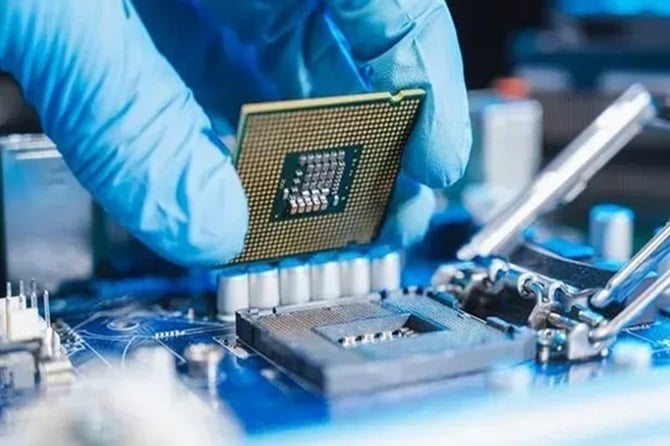
Removing obstacles and creating a favorable legal corridor for the development of the semiconductor industry
The announcement stated: The Fourth Industrial Revolution is taking place strongly on a global scale, with remarkable breakthroughs in strategic technology fields, especially the semiconductor industry and artificial intelligence. The world semiconductor industry is witnessing rapid growth, accompanied by a deep restructuring process in both technology and supply chains. However, this industry is also facing many risks, especially the risk of supply chain disruption due to geopolitical competition between countries and regions.
Vietnam is entering a period of strategic economic restructuring, shifting from a growth model based mainly on cheap labor, processing, assembly and resource exploitation to a new growth model, taking science, technology, innovation and digital transformation as the main and key driving force for rapid and sustainable development.
Semiconductor industry development thinking has many innovations
In the context that the semiconductor industry is identified as a key link of the Fourth Industrial Revolution and the competition for technology mastery is increasingly fierce among countries, the Party's policies on the development of the semiconductor industry have been issued promptly, especially the drastic directions of the Politburo, General Secretary To Lam, the Central Steering Committee on science and technology development, innovation and digital transformation. The Government and the Prime Minister have seriously grasped, organized and implemented, creating positive changes, achieving a number of remarkable results:
Awareness in the entire political system, business community and society has been raised; Development thinking has many innovations, demonstrated through approaches, methods of doing and implementing policies; Direction and management work has been carried out more drastically; Institutional systems and policy mechanisms have initially been improved; Human resource training and infrastructure development have achieved remarkable initial results; International cooperation in the semiconductor field continues to be expanded; A number of prestigious international corporations and partners are interested in and promoting cooperation activities; Research institutes, universities and localities have proactively participated, contributing to creating an important foundation for the development of the semiconductor industry.
In addition to positive results, there are still some limitations and shortcomings that need to be overcome soon in the coming time: Resource mobilization, especially investment capital for the development of the semiconductor industry, is still facing many difficulties; Institutions, mechanisms and policies related to the semiconductor industry still face many obstacles and shortcomings, are not really synchronized, and have not created a favorable enough environment to attract investment and develop rapidly; Progress in implementing some tasks and solutions is still slow, not meeting requirements in the context of increasingly fierce global competition; Lack of factors to create strong breakthroughs in technology, products, organizational models and resource mobilization methods; Cooperation and linkage between the three parties (State - School - Enterprise) are still loose and ineffective; Technology transfer is still limited, with few substantial results due to technical barriers.
Development orientation of semiconductor industry
With the strategic orientation of changing the status from incentives to attract investment to incentives to attract technology transfer, develop high technology based on a stable foundation and green, sustainable development, develop high technology based on the rapid, sustainable development of traditional technologies, while ensuring the conditions to achieve the goals set out in the issued programs and strategies, especially the goal of designing, manufacturing, and testing a number of necessary semiconductor chips by 2027, it is necessary to closely follow the following viewpoints and development orientations:
The development process of the semiconductor industry must go from low to high, from simple to complex, from small to large; there needs to be solutions to accelerate, break through, create new breakthroughs with the spirit of "keeping up, progressing together and surpassing" in technology development.
Relevant ministries, branches, localities, organizations and units need to, based on their functions, tasks and powers, proactively and creatively implement effectively the assigned tasks in the Strategy for the Development of the Vietnamese Semiconductor Industry to 2030, with a vision to 2050, and the Program for Human Resource Development of the Semiconductor Industry to 2030, with a vision to 2050.
Developing the semiconductor industry is a key task that needs to be organized and implemented synchronously and systematically, mobilizing the combined strength of the entire political system, all levels, sectors, localities, businesses and people, with a spirit of determination, breakthrough, efficiency and sustainability, with the motto "the whole country is a unified army, marching at lightning speed, boldly, fighting fast, fighting hard, fighting with sure victory".
Developing the semiconductor industry ecosystem must ensure inclusiveness, comprehensiveness, synchronization, substance and efficiency.
Urgently complete mechanisms and policies, especially preferential policies, remove bottlenecks in infrastructure, institutions, and human resources, with the spirit of "open institutions, smooth infrastructure, and smart people".
Incentive policies need to change their status from incentives to attract investment to incentives to attract technology transfer.
Promote effective coordination between the State - Schools - Enterprises; closely connect creation - research - development - production and business activities.
Promote balanced and equal development between the public and private sectors, expand international cooperation, and build public-private partnership policy mechanisms suitable to the characteristics of the semiconductor industry.
Develop a competitive, fair and healthy semiconductor market that complies with market rules, ensuring publicity, transparency and efficiency.
With the above orientations, Prime Minister Pham Minh Chinh, Head of the National Steering Committee for Semiconductor Industry Development, requested the Steering Committee to closely follow the set goals, tasks and solutions to organize, urge, direct, supervise and inspect the implementation of ministries, branches, localities and relevant agencies. The Ministry of Finance shall preside over and coordinate with the Ministry of Science and Technology and relevant agencies to urgently propose the contents of the Steering Committee's consolidation, ensuring suitability and effectiveness, including transferring the standing agency from the Ministry of Finance to the Ministry of Science and Technology; report to the Prime Minister in August 2025.
Supporting businesses in the semiconductor sector
Ministries, branches and localities, based on their assigned functions, tasks and powers, proactively and effectively implement tasks and solutions to develop the semiconductor industry in accordance with the policies and orientations in the Vietnam Semiconductor Industry Development Strategy to 2030, vision to 2050 and the Semiconductor Industry Human Resource Development Program to 2030, orientation to 2050; quarterly or when there is an urgent request, ministries, branches and localities report to the Steering Committee on the results of task implementation.
Based on assigned functions, tasks and authorities, ministries, branches and localities proactively research, promulgate or propose competent authorities to promulgate appropriate mechanisms and policies to support enterprises in the semiconductor sector and attract domestic and international investment in the semiconductor industry.
Ministries, branches and localities proactively study and handle recommendations from localities and enterprises, especially issues related to institutions, mechanisms and policies; proactively coordinate with ministries, branches, research institutes, universities and enterprises in organizing and implementing related activities in localities, ensuring effectiveness, practicality and correct orientation.
The Ministry of Finance continues to focus on promoting foreign investment attraction in the semiconductor sector, prioritizing projects with advanced technology, new technology, high technology, clean technology, modern management, high added value, spillover effects, connecting global production and supply chains; develop a Decision on credit for students, master's students, and PhD students in science, technology, engineering, and mathematics, and submit it to the Prime Minister in the fourth quarter of 2025.
The Ministry of Science and Technology shall preside over and coordinate with relevant ministries, branches and agencies to review and urge the implementation of tasks and solutions for the development of the semiconductor industry under the direction of the Government and the Prime Minister, focusing on implementing solutions and tasks assigned in the Strategy for the Development of Vietnam's Semiconductor Industry to 2030 and vision to 2050; report to the Steering Committee on implementation results, ensuring timeliness and effectiveness; preside over and coordinate with the Ministry of Finance, the Ministry of Justice, the Ministry of Home Affairs and relevant agencies to research, propose and promulgate mechanisms and policies for the development of the semiconductor industry; complete and report to the Prime Minister in the fourth quarter of 2025.
The Ministry of Foreign Affairs strengthens bilateral and multilateral cooperation on semiconductors; mobilizes international resources to support the development and training of human resources for the semiconductor industry; actively communicates and spreads the image of Vietnam as a destination for the semiconductor industry; directs Vietnamese representative agencies abroad to promote international cooperation on the semiconductor industry, and updates the list of overseas Vietnamese experts and talents related to the semiconductor field.
The Ministry of Education and Training closely follows the tasks of organizing training in the Program for Human Resource Development in the Vietnamese Semiconductor Industry to 2030, with a vision to 2050, in which it directs the promotion of the linkage model between the State, schools, and enterprises in training human resources in the semiconductor industry, ensuring efficiency and quality.
Proposing a suitable electricity price mechanism for semiconductor chip factories
The Ministry of Industry and Trade shall preside over and coordinate with relevant ministries and branches to ensure a stable power source to meet the requirements of rapid and strong development of the semiconductor industry, prioritizing the use of clean electricity.
At the same time, urgently study and propose a suitable electricity price mechanism for semiconductor chip and electronic equipment factories in Vietnam, report to the Prime Minister in the third quarter of 2025; urgently study, review, propose amendments and supplements to Decree No. 57/2025/ND-CP regulating the direct electricity purchase and sale mechanism between renewable energy power generation units and large electricity users, Decree No. 58/2025/ND-CP detailing a number of articles of the Electricity Law on the development of renewable energy power, new energy power and documents regulating self-produced and self-consumed electricity, report to the Prime Minister in August 2025.
The Ministry of Construction has solutions to ensure traffic infrastructure, facilitate transportation, delivery and logistics services of manufacturing enterprises in the semiconductor sector; research and issue a plan to promote the application of semiconductor chip industry to serve traffic infrastructure, smart traffic, and smart cities, to be completed in the fourth quarter of 2025.
Promoting localization of semiconductor industry supply chain
The Ministry of Agriculture and Environment will study and propose to supplement the legal framework on the list of strategic minerals serving the development of the semiconductor industry, and submit it to the Prime Minister for consideration in the third quarter of 2025.
Focus on promoting the investigation and assessment of strategic minerals to ensure proactive input material sources, reduce dependence on external sources and promote localization of the semiconductor industry supply chain. Strengthen scientific research and international cooperation to acquire processing technology for this raw material industry. Report to the Prime Minister the results in the fourth quarter of 2025; research and propose a special licensing mechanism for the exploitation and deep processing of mineral mines serving the semiconductor industry, and report to the Prime Minister for consideration in the fourth quarter of 2025.
The Ministry of Justice proactively coordinates with the Ministry of Science and Technology, the Ministry of Finance, the Ministry of Home Affairs, and relevant agencies to research, review, and propose to perfect the legal system, mechanisms, and policies, focusing on removing obstacles and creating a favorable legal corridor to serve the development of the semiconductor industry, to be completed in the fourth quarter of 2025.
Building a policy of preferential treatment for staff in the semiconductor industry
The Ministry of Home Affairs shall preside over and coordinate with the Ministry of Education and Training and the Ministry of Science and Technology to develop and propose mechanisms and policies to attract, reward and utilize talents, and develop a team of cadres, civil servants and public employees to serve the development of the semiconductor industry.
News agencies and newspapers proactively diversify communication content, ensuring rich, vivid, creative information, suitable for each target group; regularly update, fully, accurately and promptly reflect information and images on policies, guidelines and development activities of the semiconductor industry, contributing to raising social awareness, arousing the spirit of innovation and creativity, attracting domestic and foreign resources to participate in industry development.
Source: https://doanhnghiepvn.vn/cong-nghe/go-vuong-mac-tao-hanh-lang-phap-ly-thuan-loi-de-phat-trien-nganh-cong-nghiep-ban-dan/20250822062604467




![[Photo] Prime Minister Pham Minh Chinh attends the World Congress of the International Federation of Freight Forwarders and Transport Associations - FIATA](https://vphoto.vietnam.vn/thumb/1200x675/vietnam/resource/IMAGE/2025/10/08/1759936077106_dsc-0434-jpg.webp)


![[Photo] Prime Minister Pham Minh Chinh inspects and directs the work of overcoming the consequences of floods after the storm in Thai Nguyen](https://vphoto.vietnam.vn/thumb/1200x675/vietnam/resource/IMAGE/2025/10/08/1759930075451_dsc-9441-jpg.webp)

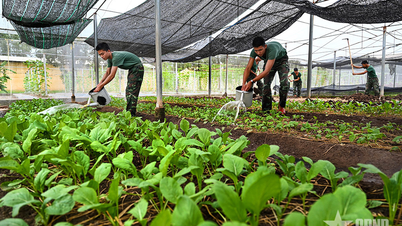

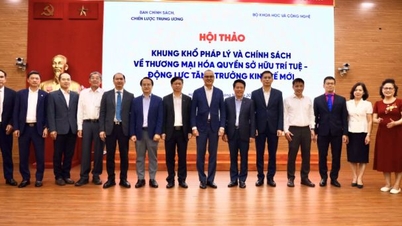


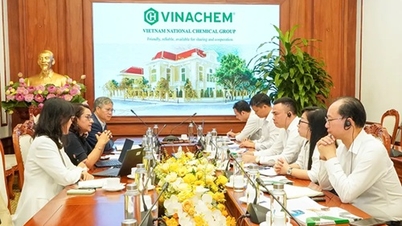
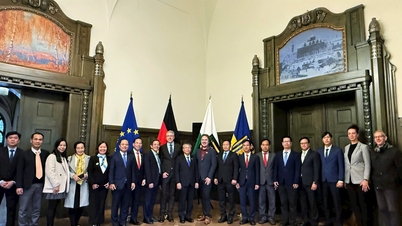

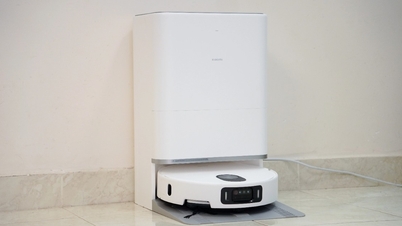





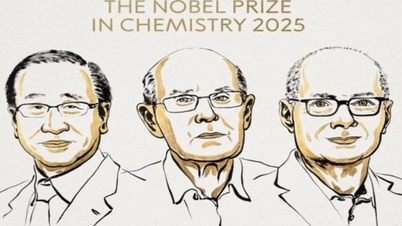








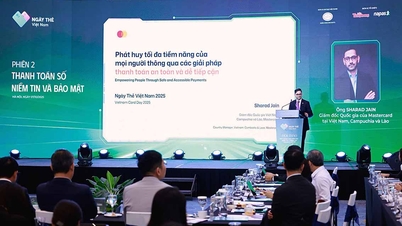

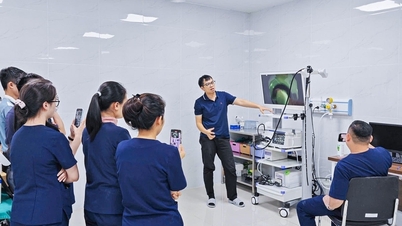
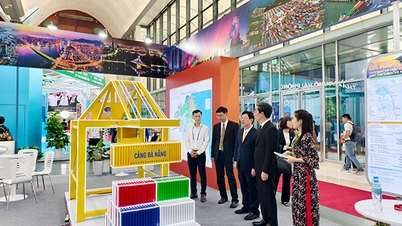


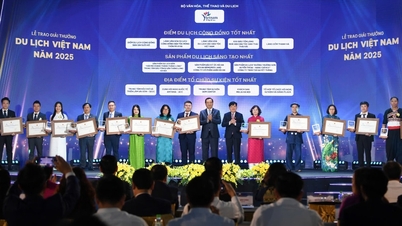










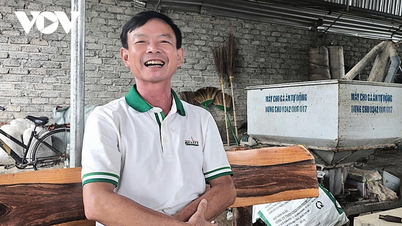




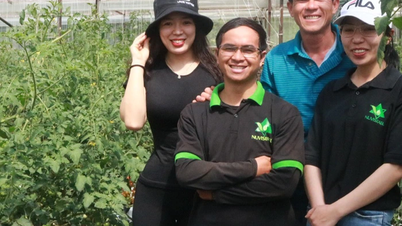




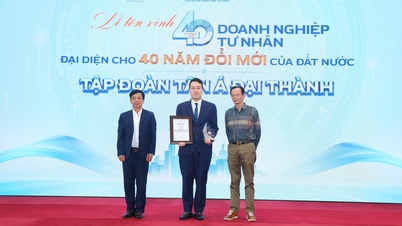

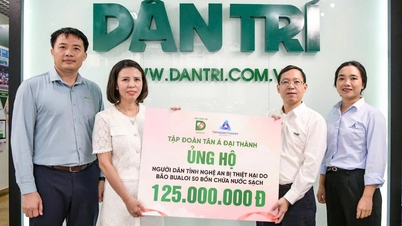













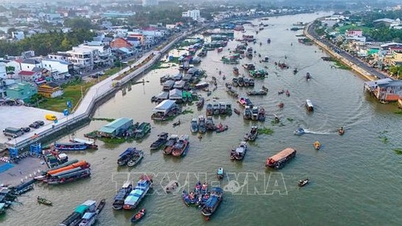





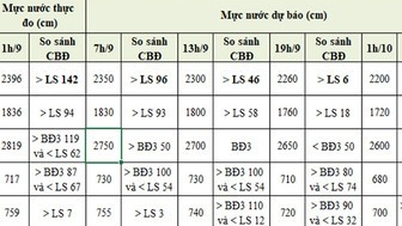

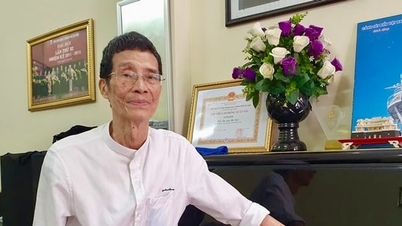



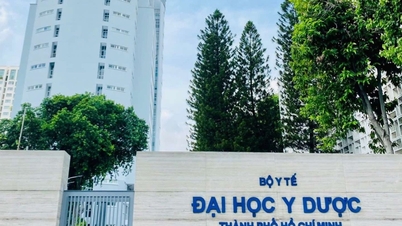













Comment (0)